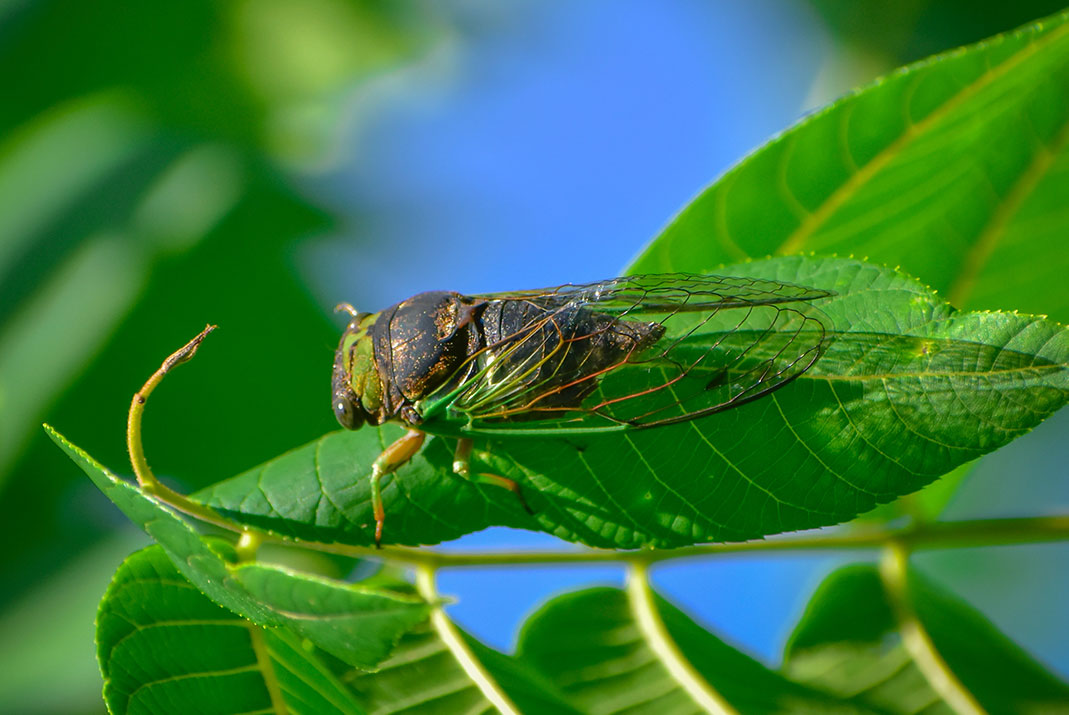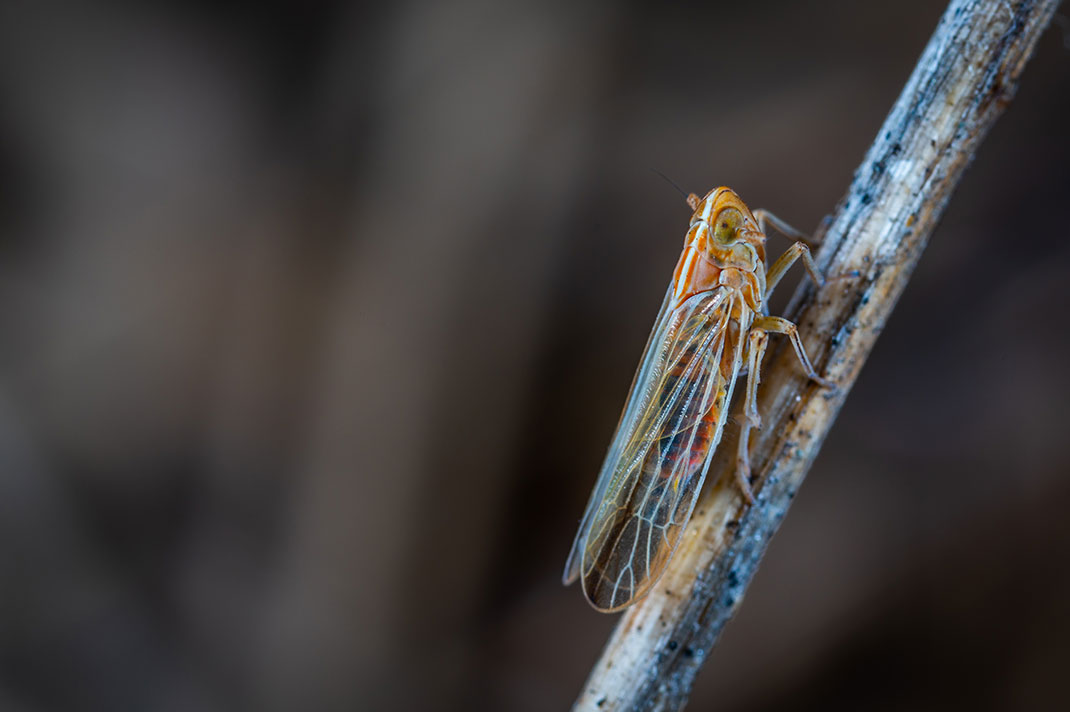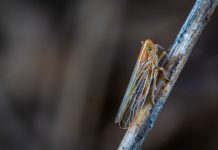1 There are 3,400 species of cicada worldwide. While the majority emerge every two to five years, periodical cicadas are special. They spend either 13 or 17 years underground, and they are only found in the United States. This spring, nearly one trillion periodical cicadas emerged across 15 central and eastern states. They are part of Brood X.

2The last time Brood X rose from the ground in hordes was 2004. That year, Americans re-elected George W. Bush. The Boston Red Sox won the World Series for the first time since 1918, Martha Stewart was sentenced to five months in prison, Google introduced Gmail, and Mark Zuckerberg launched Facebook from his Harvard dorm room.
3Cicadas are all buzz and no bite. Males make their characteristic mating cry by contracting their abdominal muscles, which creates a pulse of sound. The din of millions can reach 100 decibels, equivalent to a jackhammer.
4According to Smithsonian Magazine, back in 1970, three cycles ago, Brood X’s calls inspired Bob Dylan to write the song “Day of the Locusts.” He sings: “Yeah, the locusts sang such a sweet melody, Oh, the locusts sang off in the distance, Yeah, the locusts sang and they were singing for me.”
5However, cicadas are not locusts, Bob. Locusts are a type of grasshopper; while cicadas are part of the Hemiptera family, along with aphids and stink bugs. The mix-up is common—emerging cicadas were also misidentified as a biblical plague of locusts by early American colonists. In fact, a group of cicadas is called a plague.
6Cicada 3301 is a nickname given to a mysterious organization that posted puzzles online to recruit codebreakers. The last puzzle, published in 2014, has yet to be solved. The puzzles focused on data security and cryptography. According to the Washington Post, it’s one of the “top five eeriest, unsolved mysteries of the Internet.” Many have speculated the puzzles are a recruitment tool for the CIA or MI6.
7Clumsy and just over an inch in length, cicadas make an easy snack for birds, reptiles and mammals. Researchers believe by emerging all at once in densities of up to 1.5 million per acre, cicadas overwhelm their predators, who binge eat, get full and then leave the surviving cicadas free to get busy.

8Cicadas are above ground for a good time, but not a long time. Though the 13- or 17-year lifespan of periodical cicadas is one of the longest of any insect, they typically spend just four to six weeks on the surface to mate. The first portion of a periodical cicada’s life is spent underground as a nymph feeding on liquid sucked from plant roots. After sucking sap for 17 years, you’d be ready to let loose too.








